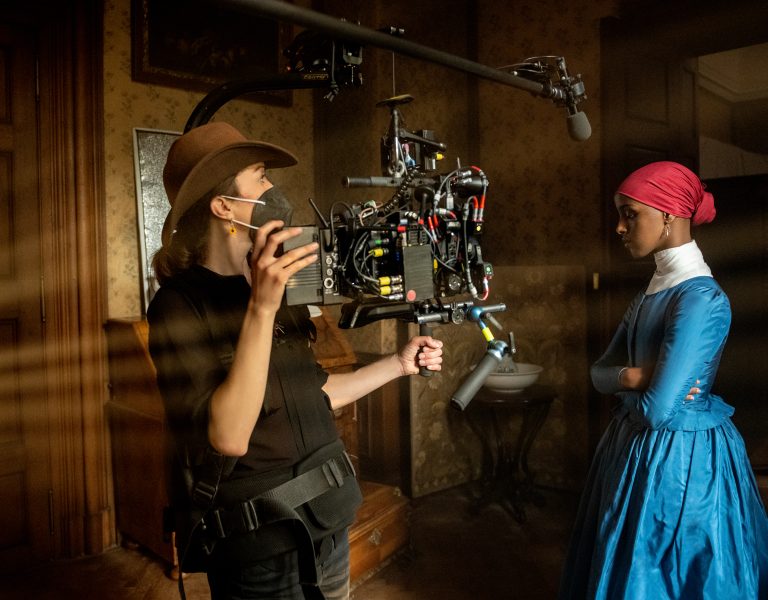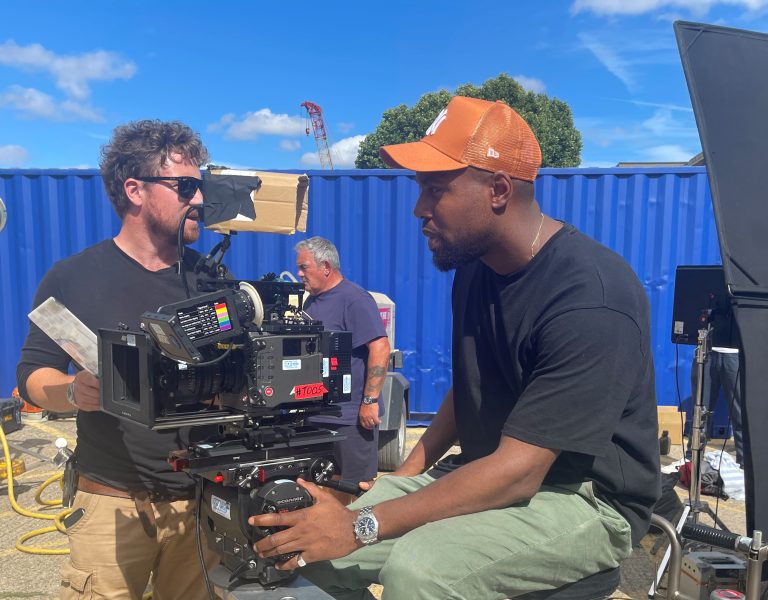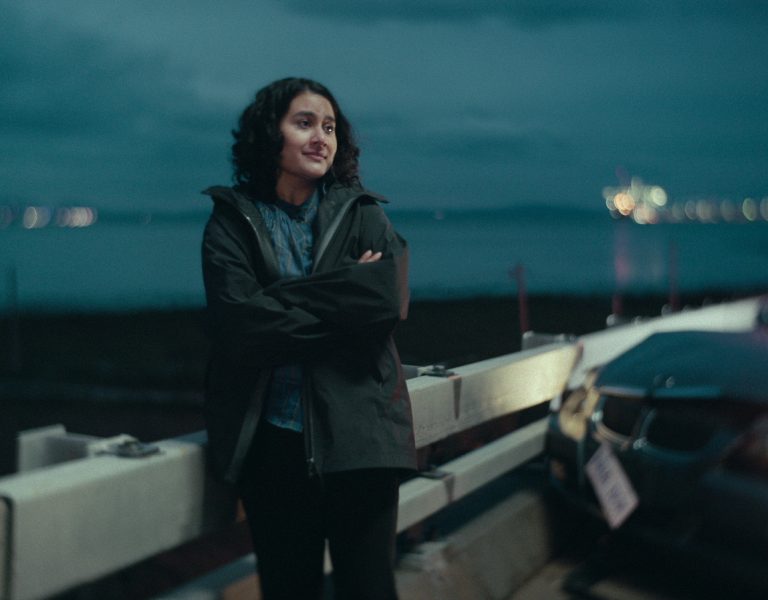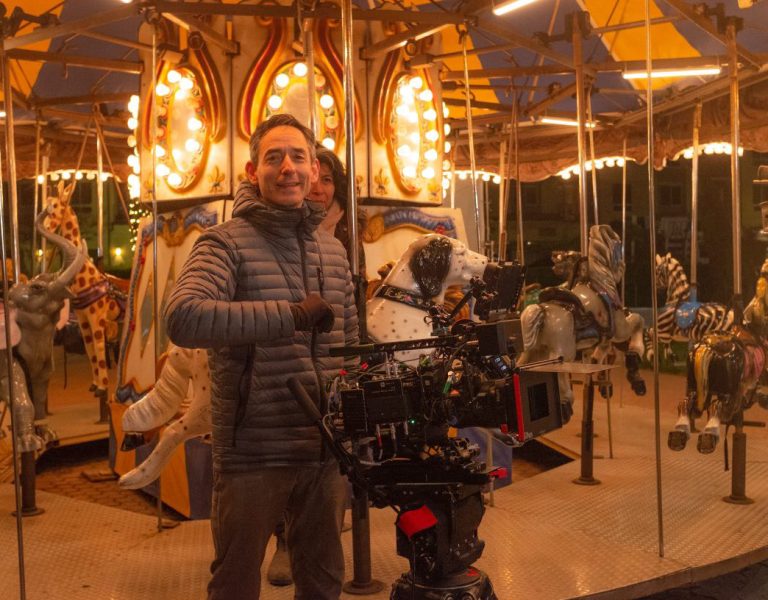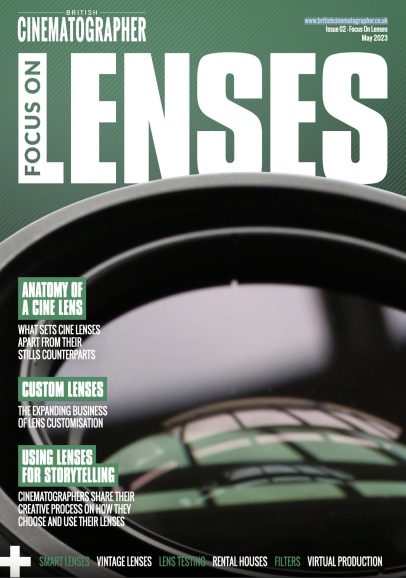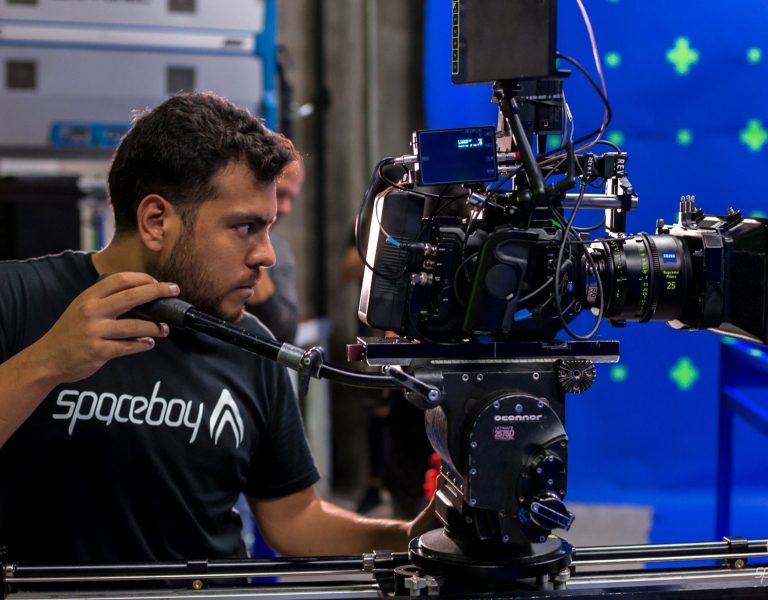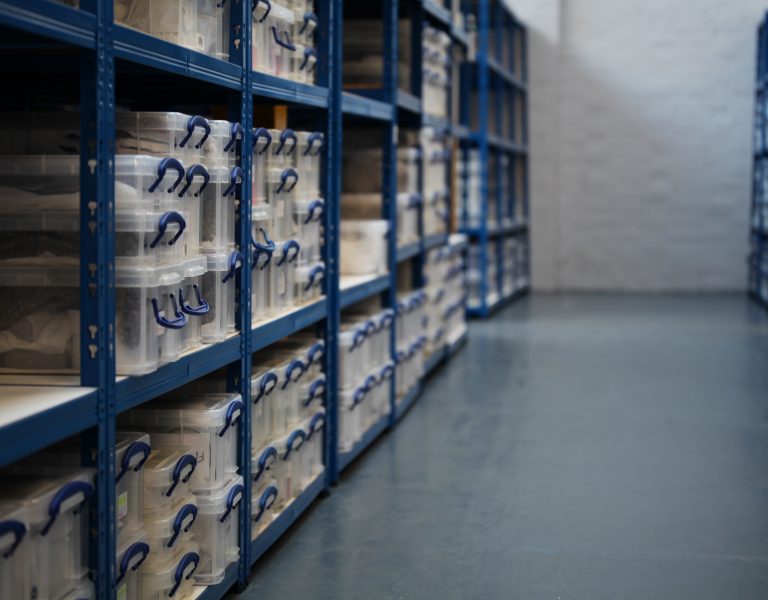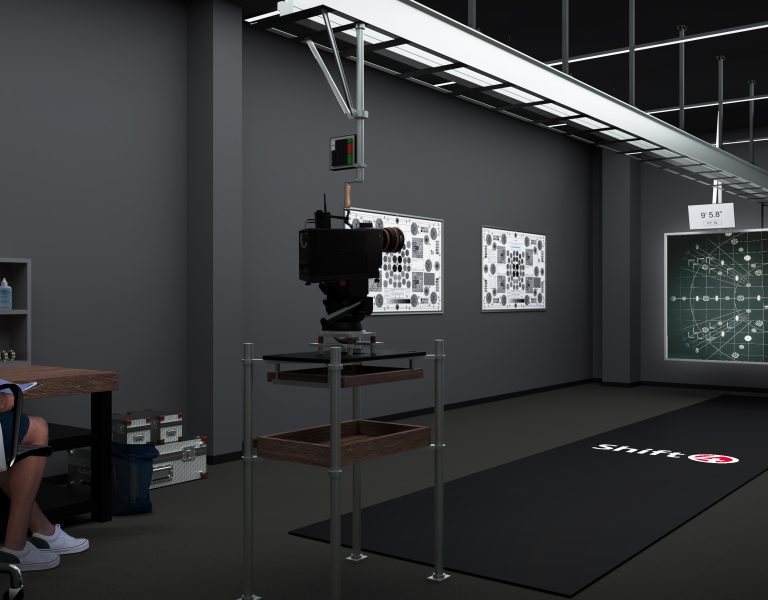DARK SECRET
Production: The Quiet Girl
Cinematographer: Kate McCullough ISC
Director: Colm Bairéad
Production type: Feature film
Overview of production and the visual approach you adopted: Director Colm Bairéad adapted the script from Claire Keegan’s novella Foster. Prep began just after the first lockdown when we had that lovely hot summer, so we sat out in the garden having long lunches and discussing the deceptively simple precision of Keegan’s prose. We wanted to reflect that in the screen language of the film. The cinematography should be economical, unadorned and almost naive in its sensibility. We tested the narrow aspect ratio of 1:1.37 and immediately felt confident that it was the right canvas to explore the world of the young Cáit. She was to be centre frame; we would bring the camera to her height and yet there was still a world outside the frame that she did not understand. We both come from a documentary background and so our sensibilities align in terms of a strong nose for authenticity. If anything felt out of place with this world it would be removed from the frame.
Lens(es): Zeiss CP3
Lenses supplied by: Vast Valley
Camera: Sony Venice
Look you needed to achieve: POV film set in the ‘80s but to avoid sentimentalism.
Lens testing process: I really felt that full frame would be right for this story, allowing the young girl to take centre stage but that the audience would all the while still sense the distinct geography surrounding her. I had never shot this format before and so was very excited at the prospect of a new visual tool. The image should not appear too dreamy with bokeh, and the budget was tight, so I tested Zeiss CP3 for full frame option and the Master primes for shooting super 35mm as a comparison. I have to say I was very pleasantly surprised by the CP3s in combination with the Tiffen Black Pro-Mist filters.
Why your chosen lens was the most appropriate: The resolve of these lenses, even in combination with a very clean sensor such as the Sony, were not
over clinical. They also had a beautiful warm lens flair which I used to good effect, mainly in the scene when the nosey neighbour tells the little girl Cait the dark secret that her foster parents have been withholding.
Explanation of lensing techniques used: The 35mm was my work horse within the set. I really enjoyed the 1:37 aspect which allowed for
great emphasis with centre framing. It actually felt like I was rediscovering how to frame again which brought with it a fresh curiosity each day. We also used 22-60mm and 45-135mm T3 as we wanted some meditative slow zooms to play out in particular scenes. We shot with a single camera.
Filters: Tiffen Black Pro-Mists and a set of low contrast filters.
Lens lessons this production taught you: Don’t be snobby about lens sets. Try testing the lenses that you don’t necessarily think you will like!




















